A service dog is a specially trained dog which is used by the police, customs, military rescue services or by private security services. Thanks to their tremendously distinct sense of smell and hearing or their particularly speed, strength and agility, the quadrupeds can be a support where technology and men reach their limits.[:en]They support where technology and men reach their limits.
A service dog is a specially trained dog which is used by the police, customs, military rescue services or by private security services. Thanks to their tremendously distinct sense of smell and hearing or their particularly speed, strength and agility, the quadrupeds can be a support where technology and men reach their limits.
Service dogs are divided according to the ranges of application, each requiring a training period between six months and two years. Both, the dog and the service dog handler must pass numerous tests to achieve the required qualification
The narcotics detection dog
These dogs are usually used for the detection of drugs during bag and car search and are trained on five different basic drugs:
• Marijuana
• Heroin
• Ecstasy
• Cocaine
• Amphetamine
Explosive detection dogs
The use of explosive detection dogs is necessary wherever there is an increased safety risk and searches can only be made optically. In the case of major events or official visits, it is the duty of the canines to search the whole area or building for suspicious substances before the visitors and guests arrive. This includes weapons, ammunition, commercial explosives and self-made laboratories. Even after a crime committed with a weapon, where the weapon cannot be found at the crime scene, explosive detection dogs are often a successful support at searching.
Human remains detection dogs
These dogs help to find dead bodies or missing persons. They can recognize the smell of blood, corpses and parts of a dead body in any state of decay. If a dead body is suspected in a lake or river, the dog can reliably locate the smell below the surface of the water from the shore or boat at a distance of several meters. When a dead body was transported with a vehicle, which was then cleaned using strong chemicals, not even this will deceive the dog’s nose. Whether in concrete, debris or in the soil: Human remains detection dogs have led the investigators to the right track in many criminal cases.
Fire detection dogs
These dogs are trained to search fire spots for possibly used fire accelerants. They are specially trained to detect and indicate residual amounts of flammable liquids on cooled off fire scenes. Thus, intentional fire raising can be ruled out or confirmed. The dogs can be used in all kinds of fire detection from small to large fires and support the investigators by indicating the fire source very quickly and effectively.
Cash detection dogs
These canines are trained to track real or fake cash. It does not matter to the dog’s nose whether and how well the money is hidden, enclosed or buried. They are also often used by the customs during a customs raid in order to unmask money launderers and forgers.
Mantrailings
Like the human remains detection dogs, mantrailings seek body odor. However, mantrailings are specialized in the smell of body cells of living persons. Everyone loses body cells everywhere and all the time and leaves behind an individual odor on their path. Mantrailings find this track and help to find criminals or rescuing victims after earthquakes and avalanches effectively.
Guard dogs
Guard dogs, also called access dogs, are used for attack, defense or general deterrence. In the course of their training, they were conditioned to detain an attacker with a firm bite in the forearm or by tripping them up, following the dog handler’s command. It is important that the dog immediately releases the bite on the dog handler’s command. There are many known cases in which guard dogs were successful in putting down fleeting perpetrators.
Additional facts
- only certain dog breeds are authorized to become service dogs in Germany. Among others, these include: German Shepherd, Belgian Shepherd, Boxer, Doberman, Rottweiler, Schnauzer, Hovawart and many more
- the dogs selected for training must have certain character traits such as play and predatory instinct, power of concentration, potential for aggression (in the case of guard dogs) and the so called “will to please”.
- during training, the dog playfully learns to search for its target. It is trained using a toy carrying the scent of the material to which it is supposed to be specialized. This toy is hidden repeatedly and has to be tracked. If an emergency occurs, the dog plays the same game it already knows from training.
- if the dog has detected the scent, it indicates this to its dog handler by scratching, barking or sitting and is rewarded immediately, as during training, with its toy.
- most of the dog handlers also keep their dog as a pet and receive financial allowance for the upkeep of their four-legged colleagues.

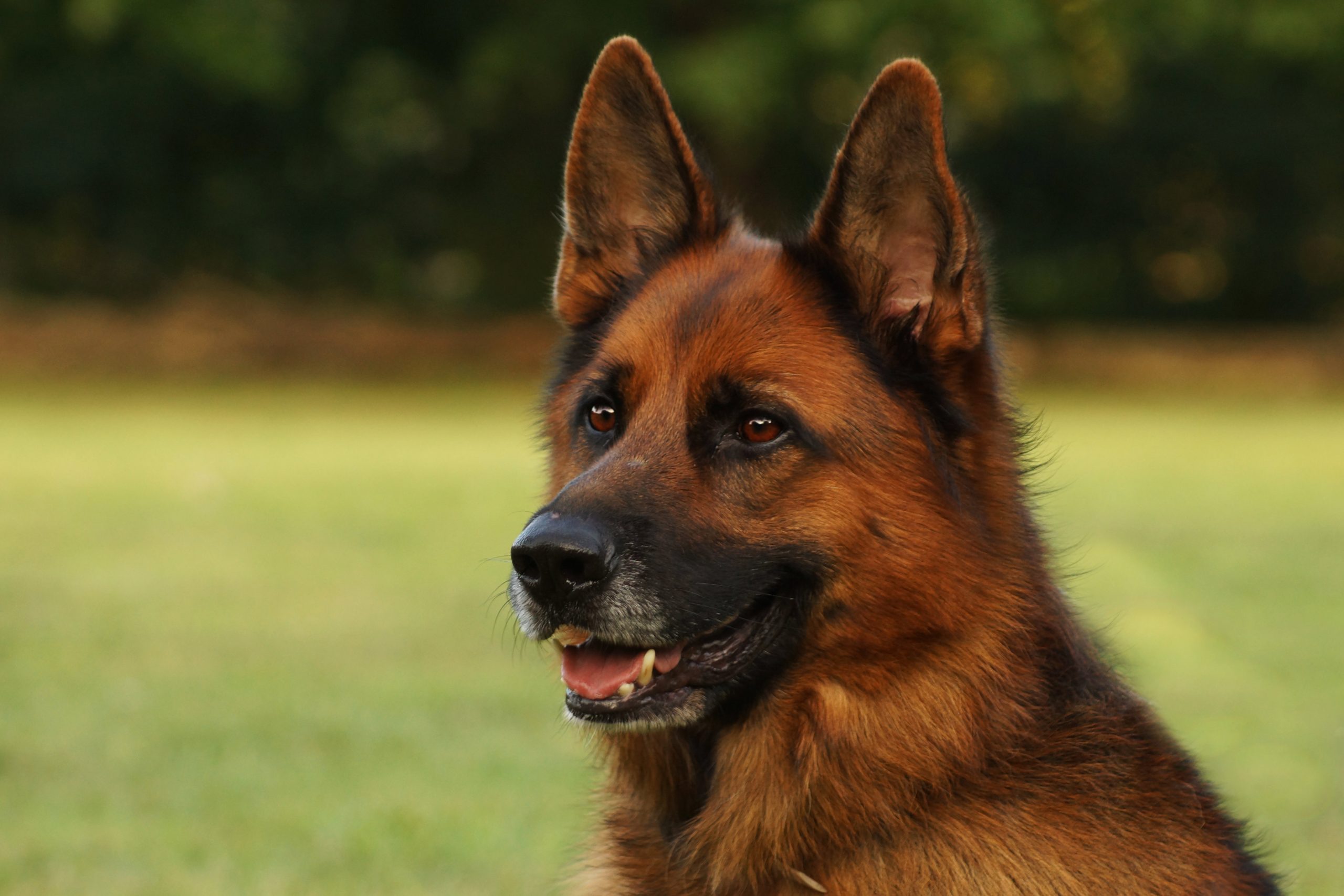


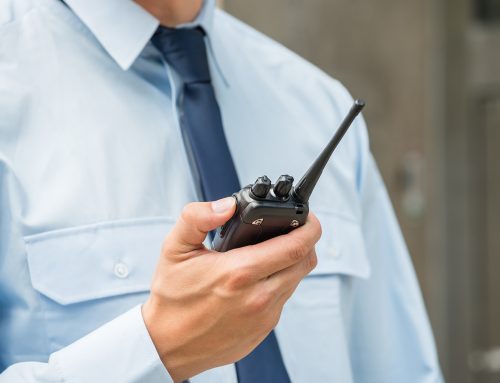
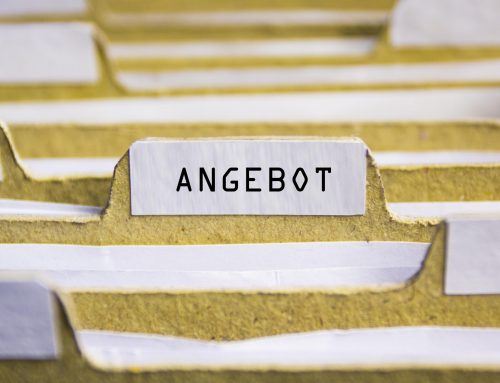
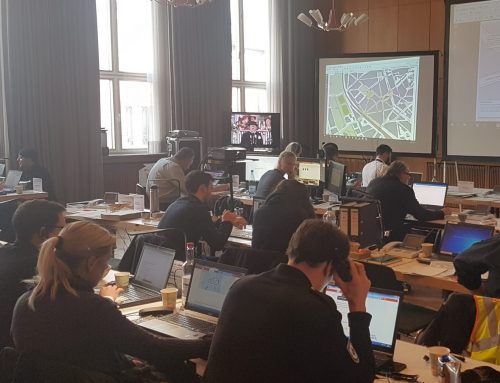
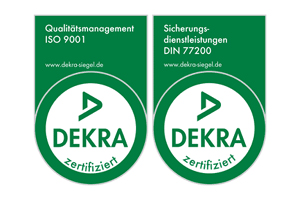


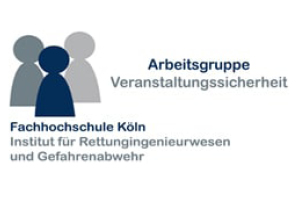




Hinterlasse einen Kommentar
Du musst angemeldet sein, um einen Kommentar schreiben zu können.